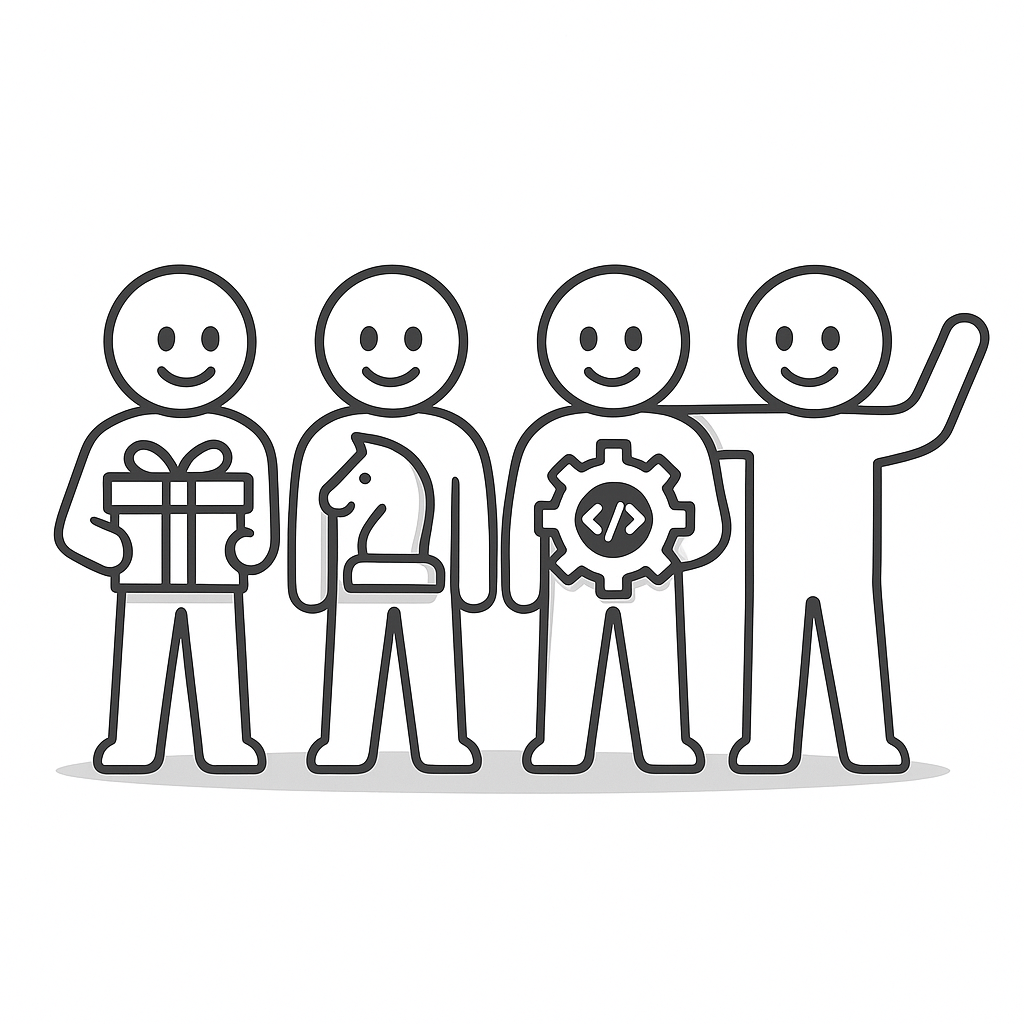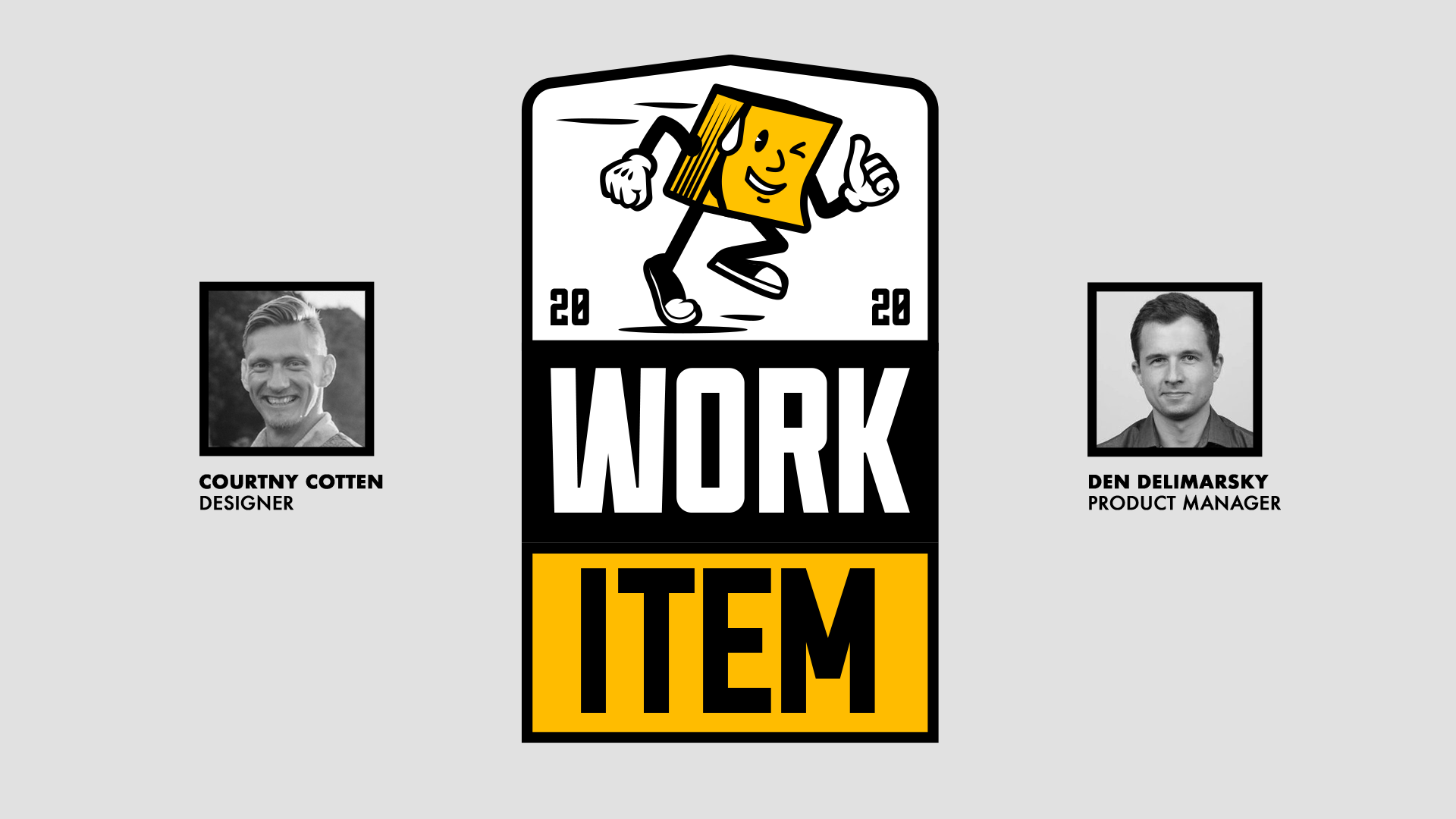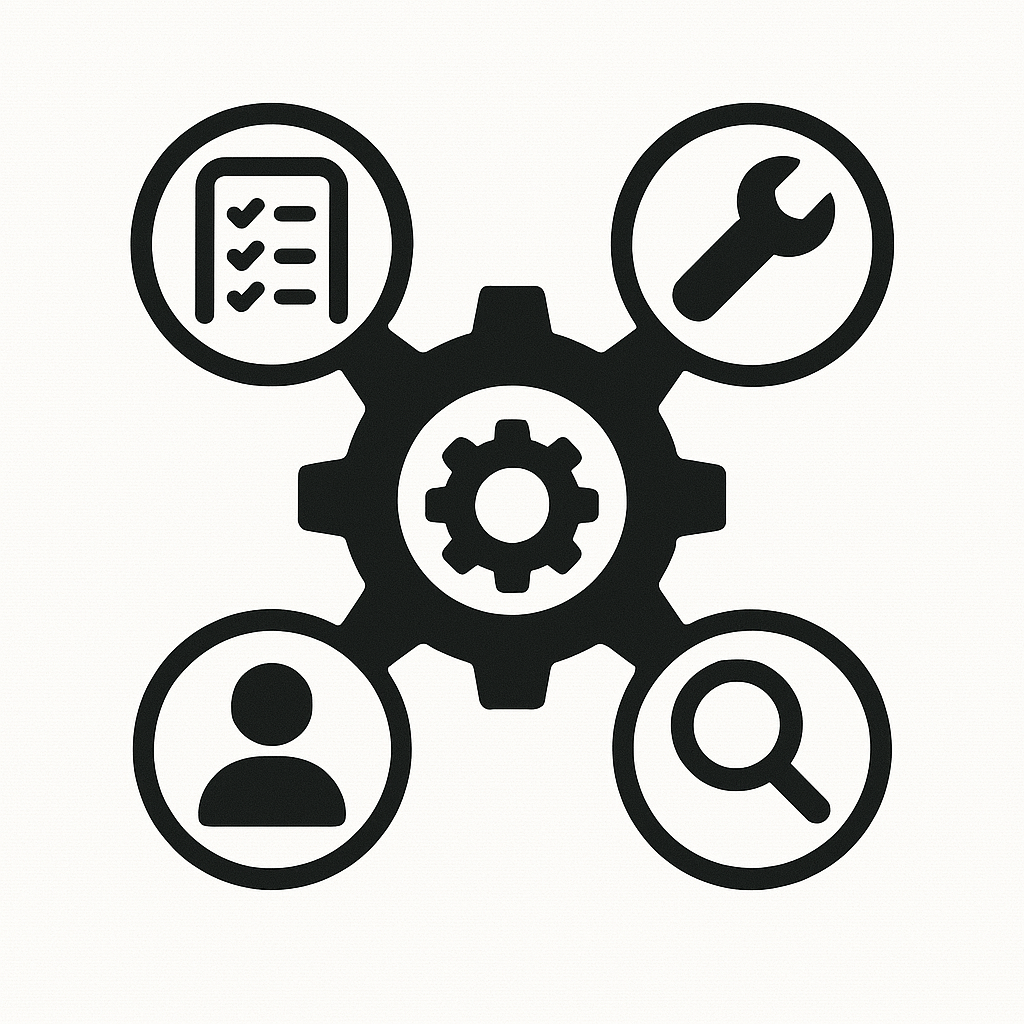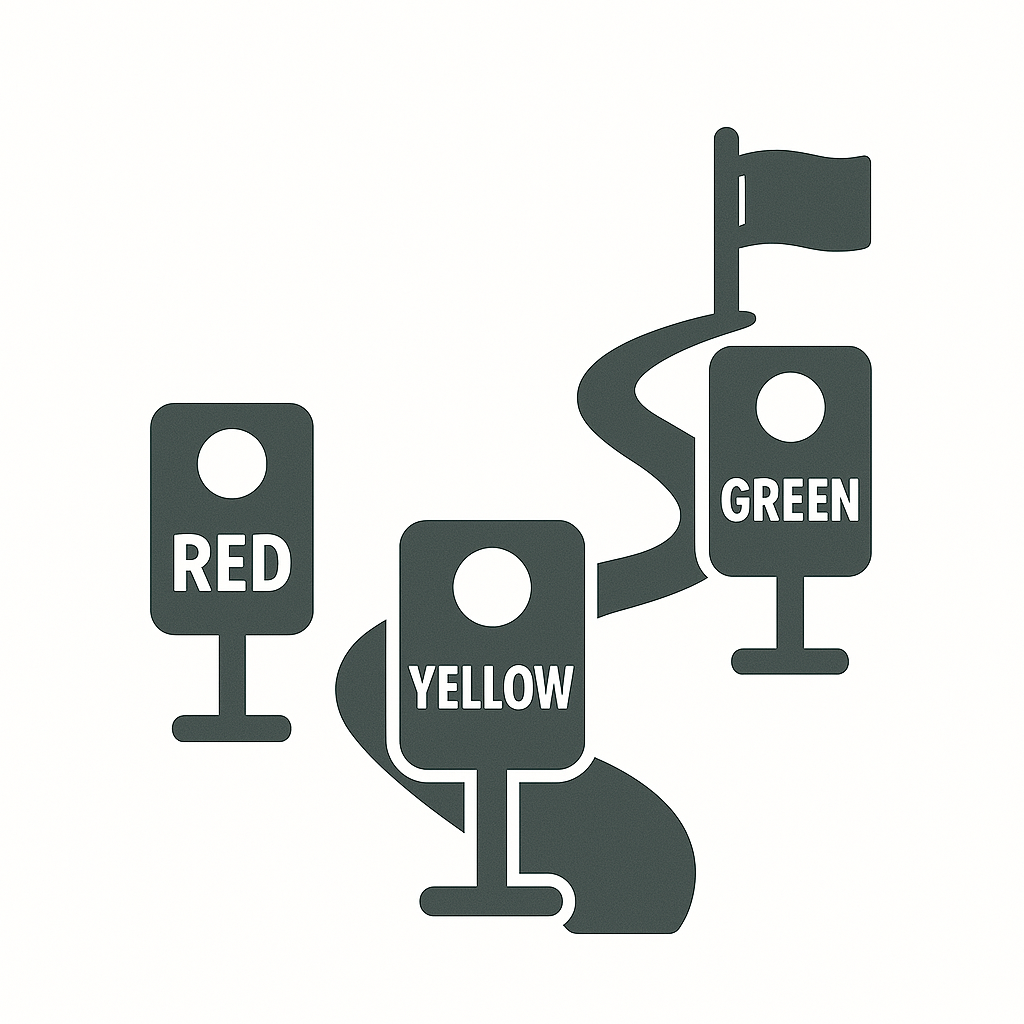
Here’s a simple yet powerful exercise, the CBTO Stack Rank, designed to force you into uncomfortable clarity about where you really stand as a leader.Continue reading

Here’s a simple yet powerful exercise, the CBTO Stack Rank, designed to force you into uncomfortable clarity about where you really stand as a leader.Continue reading

Every great org starts the same way: a handful of people with conviction, urgency, and the energy of a shared mission. The best ones are driven by clarity of purpose, crisp principles, and a team that believes in building something that matters. But then… something changes. Not all at once. Slowly. Subtly. A mood creeps in. That’s the ghost of mediocrity. It doesn’t smash the windows or light anything on fire. It just takes the …Continue reading

The first rule of skills is simple: know the skill exists. That sounds obvious, but most people—especially growing leaders—aren’t intentional about skills. They focus on outcomes. Goals. KPIs. But they don’t stop to ask: What specific skill am I building right now? What skill does this teammate need? When you’re intentional about skills, you grow faster. You get better at execution. And you help others do the same. This matters. Because leadership is a set …Continue reading

This post introduces the concept of Working Backward (WB) narratives and formalizes the mechanism through which a company can drive product development. The WB mechanism is a complete process designed to create a “virtuous cycle” that re-enforces and improves itself as the team participates in it. “Put the customer first, have a plan, create a shared mission, get early victories, remove process, and make it fun.” – tig A WB narrative is a form of …Continue reading

Prioritization means making decisions that focus energy and resources on a few things that are at the top of the list, and starving things that are lower in the list. The most important aspect of prioritization is the concept of starvation. In the context of prioritization, starvation refers to the lack of attention or resources given to tasks lower down on the priority list. By definition, as we allocate more resources to higher-priority tasks, lower-priority tasks …Continue reading

The practice of selling ideas in meetings can lead to misalignment and superficial agreement. When the focus is on persuasion rather than understanding, team members may agree without fully grasping the implications or having their concerns addressed. This superficial agreement will lead to problems down the line when the complexities of the idea come to light during implementation. If the presenter’s goal is to get buy-in for an idea, dissenting voices may be silenced or …Continue reading

In 35+ years of building companies and organizations in multiple industries, I’ve concluded most leadership books are great examples of survivorship bias. I’ve learned a lot from many of these books. But none of them really clued me into the secret of what distinguishes teams that consistently deliver outsized results from teams that are just mediocre. So what’s the secret? Principles. Principled leaders have a set of strongly held beliefs in the how (vs the …Continue reading

In 2020 started hosting my Free and Open Office Hours as a way to give back and meet more people in the space industry. As I became useful to those in the space industry and gained expertise in the space domain I discovered how fulfilling helping multiple companies with leadership and operational excellence was. To that end, I have pivoted and made Kindel Leadership Development my primary focus. Hire me for Learn more and get …Continue reading

All human beings are prone to cognitive biases and fallacies that influence our thinking and decision-making processes. These biases and fallacies can be sneaky and hard to detect, but it’s important that we are aware of them and try to minimize their impact on our lives. By being mindful of our biases, we can expand our thinking and consider new perspectives and possibilities. One way to do this is by looking beyond our own planet …Continue reading

As fast-growing organizations approach Dumbar’s number, they either become forever mediocre or they adapt and become excellent at scaling (in addition to being excellent at delivering customer value). The key differentiator is making the routine, routine by implementing cadence-based mechanisms, which I call Routines.Continue reading

A friend recently asked me if I had a Lexicon & Taxonomy for Innovation and Invention. While I do, I realized I’ve never written it down. Here’s my first stab; using the Customer, Business, Organization, and Technology (CBTO) mental model. What do you think? Lexicon: Taxonomy: This lexicon and taxonomy of innovation and invention provide a mental model for understanding and categorizing different types of innovative ideas and approaches. However, simply having innovative ideas is …Continue reading

I’m working on writing down my thoughts on space. I’ve learned a ton since deciding space would be my next mission. Some pretty clear thoughts are forming, and whenever that happens, I’ve trained myself to write, write, and write to really solidify things. Space is big. In fact, it is, literally, the largest domain. Given the vastness of the domain, I need to formulate a Taxonomy and Lexicon that resonates to gain clarity. I’m a …Continue reading

Last week I joined my good friend Den Delimarsky and his colleague Courtny Cotten hosted me on The Work Item podcast. “In this episode, we dive a bit deeper into Charlie’s approach to product ideation and design, discuss the importance of having a principled organization, and ask questions about his most recent adventure around space.” Czech it out here (I love that the transcript is available along with the audio): From Servers, Phones, and Voice Assistants to …Continue reading

No, don’t debate excellence; become excellent at debating. “It is better to debate a decision without settling it than settling a decision without debating it.” – Joseph Joubert Vigorous debate is critical to clear thinking in an organization. Debates garner the full intelligence of an organization. For decisions of great import, rigorous debate depersonalizes the decision. People are predisposed to focus on symptoms or minutia. Arguing over extraneous details is inefficient and is often the …Continue reading

Great leaders don’t let changes happen to them. Instead, they become skilled at driving change. Leaders effective in driving change are known as agents of change or change agents. This post documents a tool called D x V x F > R that will enable you to become a great agent of change.Continue reading

If you are a UX designer, Software Developer, or Product Manager, and you use placeholder text anywhere but where it’s impossible to know what the content will be (user supplied) then you are doing it wrong. And you are not doing your job. I learned this from @joebelfiore: Using placeholder text defers decision making. It’s a cop-out by the person using it and gives reviewers an excuse to also not debate what’s right. It’s far …Continue reading
Last month I offered “office hours” to anyone who wanted to chat with me. It was an experiment to see a) if interesting people would reach out, b) if I could be useful to these people, and c) if I’d be exposed to domains where I could spend more of my time in the future. All three hypotheses have turned out true. Thank you to all of you who utilized this so far! I still …Continue reading

Mechanisms are complete processes built around a tool, owned by a leader that gets adopted broadly and regularly inspected and improved to ensure things get done, not because everyone has good intentions, but because the mechanism’s elements structurally force the desired behavior. “Good intentions never work, you need good mechanisms to make anything happen.” — Jeff Bezos I’ve written previously about how Good Intentions are Never Enough and why mechanisms are needed, but I didn’t go deep into how to make mechanisms actually work. …Continue reading

A Path To Green (PTG) is a clear, crisp, and complete statement describing a team’s plan for getting a project or task from red or yellow status to green. Organizations that routinely deliver results on time hold individuals and teams accountable for delivering those results. Ensuring everyone is clear on the status of deliverables is key to this. More importantly, teams need to have discipline around how they move projects that are a bit off the …Continue reading

Tenets are a few carefully articulated guiding principles for any endeavor. They act as a guide to align on a vision and simplify decision-making. Tenets are the written-down rules that distinguish good behavior from behavior that is not welcome. Tenets simplify and help with being right more often; they can be used as tiebreakers when making tough judgment calls. There is no better way to expose misalignment, and then get aligned, than going through the …Continue reading